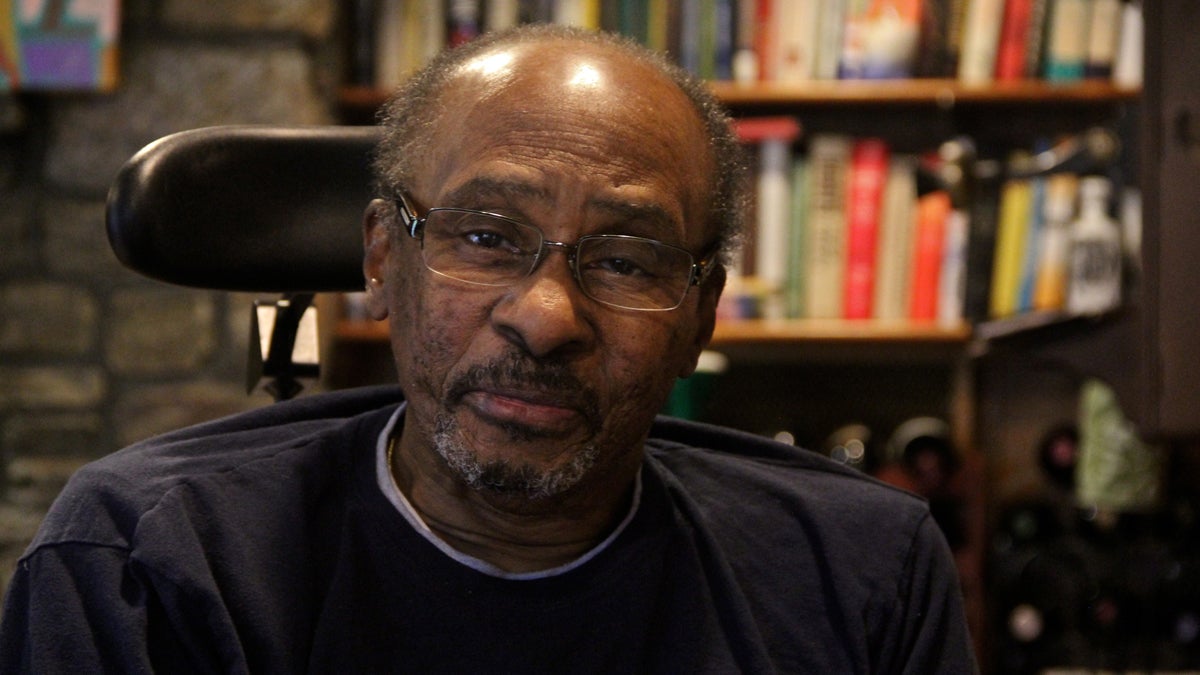In conversation with Acel Moore

Acel Moore started as a 'copy boy' at the Philadelphia Inquirer and went on to blaze a trail for African-American journalists. (Emma Lee/WHYY)
WHYY’s Elizabeth Fielder recently sat down with journalist Acel Moore, who blazed a trail through Philadelphia’s journalism community, to talk about the 1964 North Philadelphia riots, and their lingering effects today.
Moore went from Overbrook High School’s class of 1958 to the U.S. Army, and then to the Inquirer newsroom, where he won a Pulitzer Prize and was a founder of the National Association of Black Journalists. Now retired, Moore has been a teacher/mentor to generations of journalists.
Here are some more of Moore’s thoughts on discrimination, poverty and the economics of racism — then, and now.
On discrimination north of the Mason-Dixon line:
“Most of these disturbances occurred in ‘The North’ and in ‘The South,’ where the focus of the civil rights struggle was directed because of the segregation laws that were in existence in ‘The South.’
In ‘The North’ you had segregation, but it wasn’t du jour — I mean, the Mason-Dixon Line was really Niagra Falls, in America. In that you had discrimination in ‘The North’ in some places more intense than it was in ‘The South.’ So the urban disturbances showed that a lot more had to be done.”
On how we got from the civil rights riots of the ’60s to Ferguson, Missouri:
“A black middle class emerged and broadened, and people were allowed to work in areas that they were prevented from because of discrimination in the past. It produced more economic gains for some African-Americans but those who were locked into poverty by jobs moving overseas, and by the schools not producing quality education in public schools, and the loss of the blue collar workers who could obtain middle class status when the jobs were here, all of that is gone.
So the people who live in areas like the small town in Missouri that’s currently under duress, and the people there, are probably worse off than people were in North Philadelphia or Newark or Watts back in the ’60’s.”
On discrimination and poverty in America today:
“It’s both race and class discrimination that exists in America today.
There are more poor white people than there are poor black people just in terms of the numbers. And it affects them in the same way but black people are still looked upon in a more negative light by the overall culture than white people are, despite the positive changes that occurred as a direct result of the civil rights movement. But there is a very profound economic and racial class distinction and discrimination in America today.”
WHYY is your source for fact-based, in-depth journalism and information. As a nonprofit organization, we rely on financial support from readers like you. Please give today.

